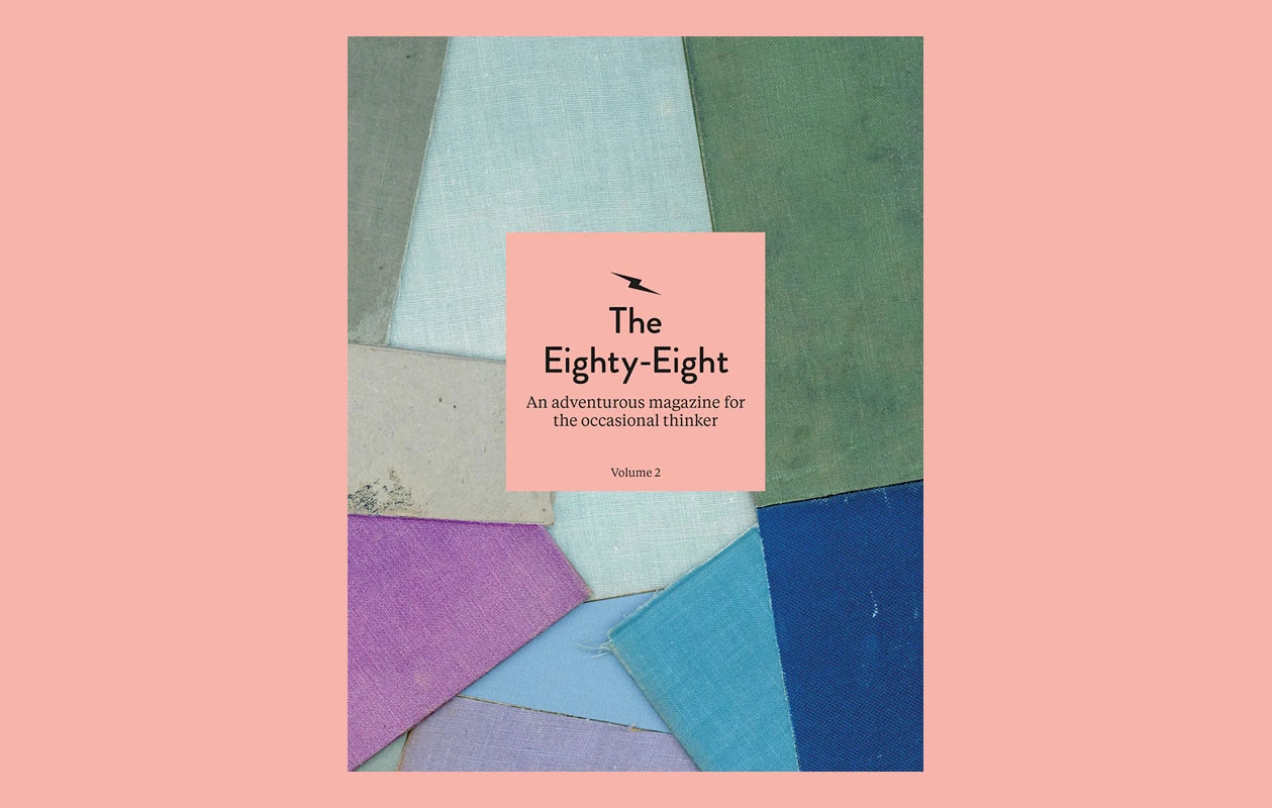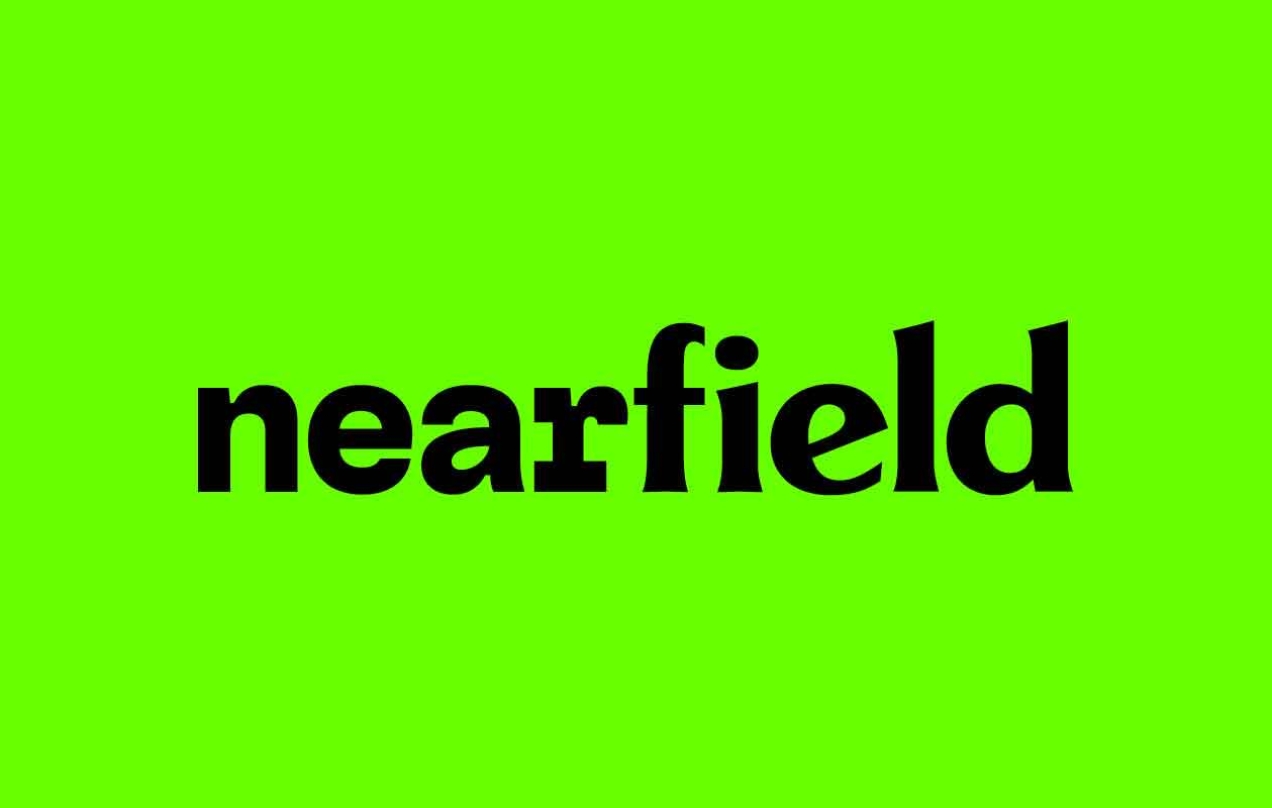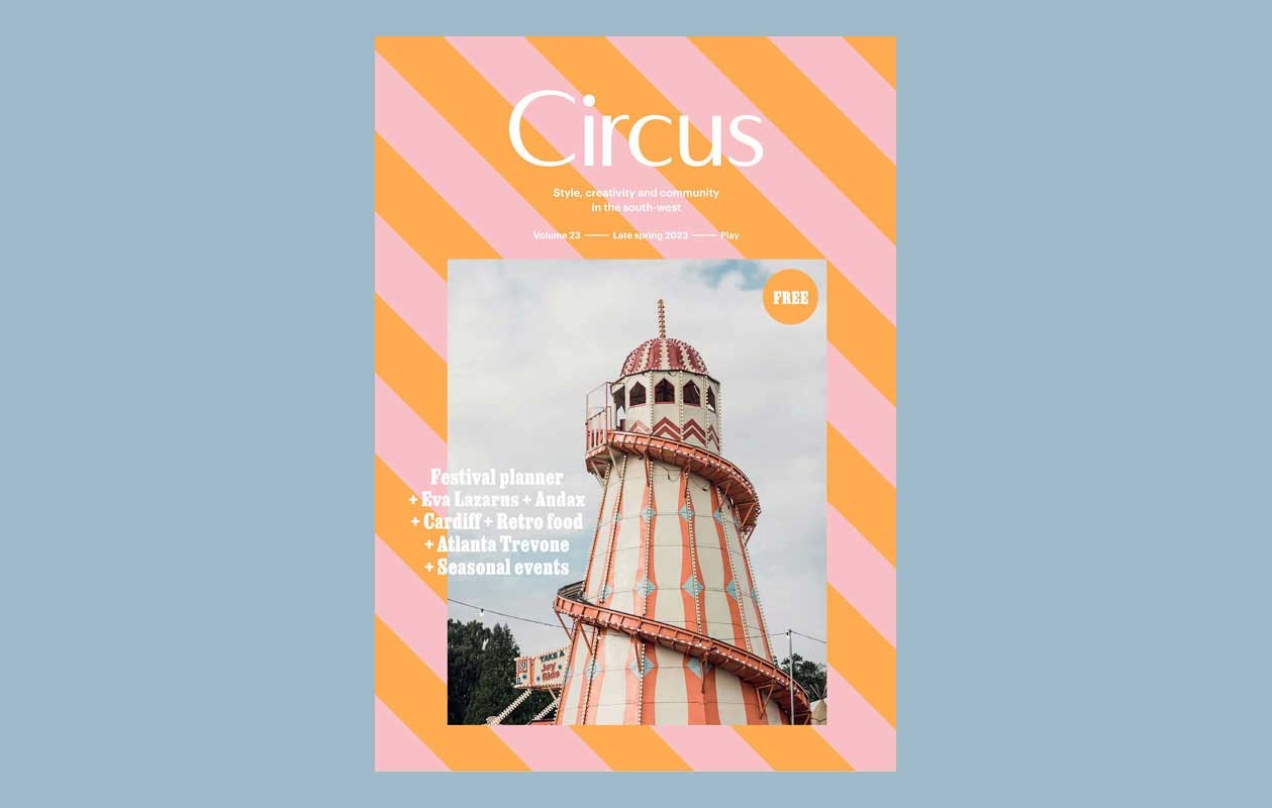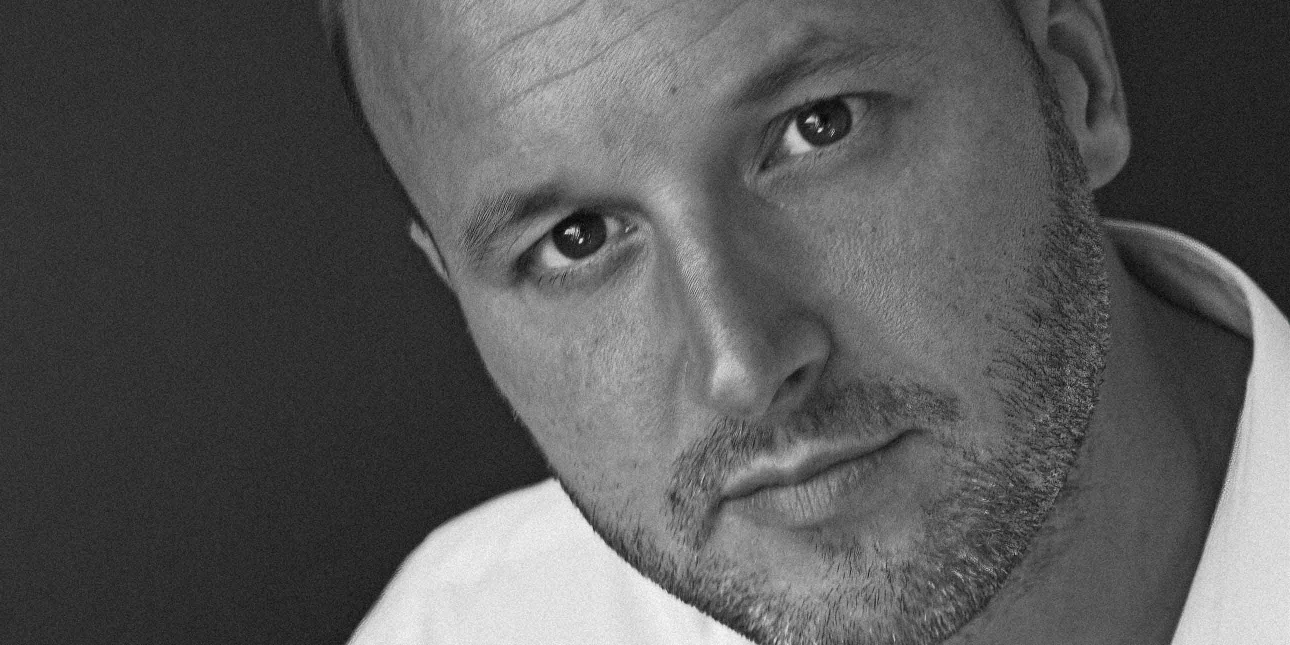Meet Simon Tapscott, co-founder, nearfield
Nearfield is a new media and events business aiming to connect a culturally hungry audience with the best experiences in the south-west. Christian Koch meets co-founder Simon Tapscott, who talks the power of regional, the joy of print and making magazines with Jamie Cullum …
Simon Tapscott is co-founder of media/events business nearfield. He’s spent most of his publishing career working in south-west England, including 10 years working on gaming magazines at Bath-based Future, which owns brands such as Marie Claire, TechRadar, Country Life and GoCompare. His other roles have included head of customer publishing at MediaClash, managing director of Jack Content, publisher of The Eighty-Eight (a magazine made with musician Jamie Cullum) and co-founder of local magazine Circus Journal. Nearfield will launch in November and will comprise a digital platform/listings guide, events business and a print magazine.
My first boss was Chris Anderson, who founded Future Publishing in the 1980s and later launched TED Talks. He gave me the best piece of advice I’ve ever received: “Do it because you love it." It’s as true now as it was in 1997. Whenever I’ve done well in my career it’s always been when doing those things I’ve enjoyed the most. It’s why I’m still working in magazines 25 years after I started.
Future’s success can be explained by its “narrow but deep” philosophy: combining niche magazines [titles have included PlayStation magazine, What Hi-Fi? and Practical Caravan with a cover-mounted gift, such as a CD. It gives readers extra content to indulge their hobbies.
The world of gaming PR was a like-minded community. The PRs were also gamers, which meant they were valuable allies who also helped us sell magazines too. Some of them even ended up as editors at Future.
When you get that perfect triangle of reader, publisher and PR… everything works so much better. It comes down to everybody having an intrinsic understanding of the product.

Volume two of The Eighty-Eight
I once set up a magazine with Jamie Cullum. The Eighty-Eight was initially available to sell on the merchandise table at his gigs, but soon spiralled into being stocked in WHSmith and Barnes & Noble in the US. The content was curated by him: interviews, essays on Leica cameras, poems, even sheet music. Getting his attention was difficult though: I remember being in a knackered minibus near Merthyr Tydfil getting him to tell me what to put in the mag, while he was juggling local radio interviews and rehearsing.
It’s amazing to see Gen Z discovering print magazines. Print media is engagement on their own terms: they know their data won’t be harvested or sold to some big faceless conglomerate in Silicon Valley.
I learned more in two issues of The Eighty-Eight than in 10 years working at a big plc. I was getting my hands dirty in every part of the business, everything from sorting custom clearance and barcodes in the US to putting copies in jiffy bags. It was a real cottage industry: I even got my young kids involved.
I also worked with Sophie Dahl, setting up a Gwyneth Paltrow Goop-style website. It was a family-oriented venture called At the Kitchen Table, so-named because life happens at the kitchen table: dinners, raising a family, entertaining friends – even marital arguments.
One of my biggest achievements was helping raise £350,000 for Bath City FC to help them become a community-owned football club. Bath City FC was on the brink of going bust, with retailers wanting to buy the stadium and turn it into a supermarket. I led a fundraising campaign with filmmaker (and Bath City FC season ticket-holder) Ken Loach, and we eventually got Eric Cantona involved too. Since then, finances have stabilised, attendances have doubled and we’re two promotions away from the Football League.
Bath and Bristol are magical creative places. There must be some magic in nearby Avalon and Stonehenge which rubs off the mindset of the south-west, creating a melting pot of world-leading technology, creativity and conservation. It’s produced the world’s biggest musical festival (Glastonbury), plus Banksy, Jane Austen, Massive Attack, businesses such as Dyson and Aardman Animations, Extinction Rebellion and more.
My new venture, nearfield aims to bring like-minded people in south-west area together, with a community-led digital platform, events business and print magazine.

Nearfield aims to bring like-minded people in south-west area together
The south-west could produce another Glastonbury, Massive Attack or Extinction Rebellion. When that happens, I want Nearfield to be the facilitators of that.
The word ‘near field’ refers to the activation of electromagnetic particles. We want folks to go out and discover their nearfields but also get lost… Nearfield will be like the campfire in the middle, bringing them together.
With over a million people living 25 miles from Bath and Bristol, we think there’s a huge market for nearfield. Since the pandemic, we’ve been joined by more migrants from London too. They’re looking around and thinking, ‘Where are my people? What’s going on here?’ Nearfield – which will also have a what’s on-style listings guide at its heart – will help them with that.
More media organisations should be seizing the opportunities in events. After Covid isolated us and social media continues to divide us, there’s a demand for having shared experiences with like-minded people. Nearfield will be hosting everything from music festivals to wellbeing events, design meetups, conservation conferences, even panel discussions on psychedelics.
A good magazine is like travelling to a new country. It broadens your horizons, plus helps you discover something new.
Nearfield will also publish a bimonthly print magazine. It’ll have a print run of 10,000 and be available at 500 locations such as coffeeshops, coworking spaces, shops, hotels and speakeasies. It’ll tell stories about amazing makers, creators and innovators working in the area.
A good magazine is like travelling to a new country. It broadens your horizons, plus helps you discover something new. It’s the antithesis of scrolling through your social media and having algorithms serve you more of what you already know.

Volume 23 of Circus Journal
For the last five years I’ve published Circus Journal. It was a local magazine for people in the south-west, pitched at professionals in their 30s and 40s, but I was constantly surprised that people in their 20s loved it too.
It’s amazing to see Gen Z discovering print magazines. Print media is engagement on their own terms: they know their data won’t be harvested or sold to some big faceless conglomerate in Silicon Valley. The physical sensation of turning pages makes a huge contrast to endlessly scrolling on TikTok. Print magazines will still be here in 20-30 years’ time. I’m sure of it.
.jpg&w=728&h=90&maxW=&maxH=&zc=1)
